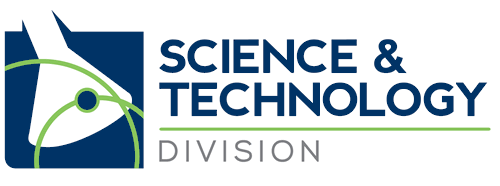João is a translator from English into European Portuguese, specializing in translation of “nuts and bolts, and everything between the bolt head and the nut”, i.e. technical manuals. He gave a presentation for ATA Science and Technology Division during the ATA conference in Boston on his specialty, “Translating Technical Manuals”. His definition of a technical manual is “a roadmap for the user, the bread and butter for any technical translator. Nobody reads a manual but everybody uses it.” He points out that, technical manuals should be translated by technical translators with a deep knowledge of the subject matter, impeccable writing skills and an excellent command of the style for the manual. Unfortunately this is not always the case and some translators have no idea of what they are translating. He points out that there are different types of technical manuals and different audiences. The translator should take this into account and adjust the style accordingly. The translator should use clear and simple style, master the correct technical terminology and read each sentence as you were the end user. One of my favorite comments from him was “If you don’t understand what you are reading, you should also not attempt to translate it”. He also gave many examples of being precise and on false friends, with references in his native language, European Portuguese.

